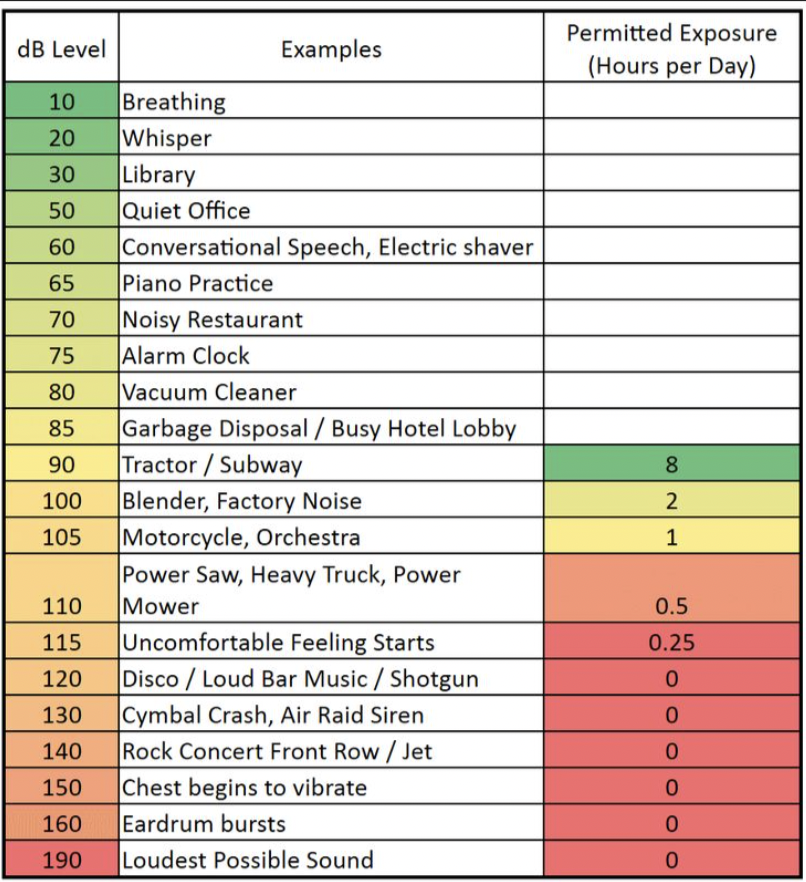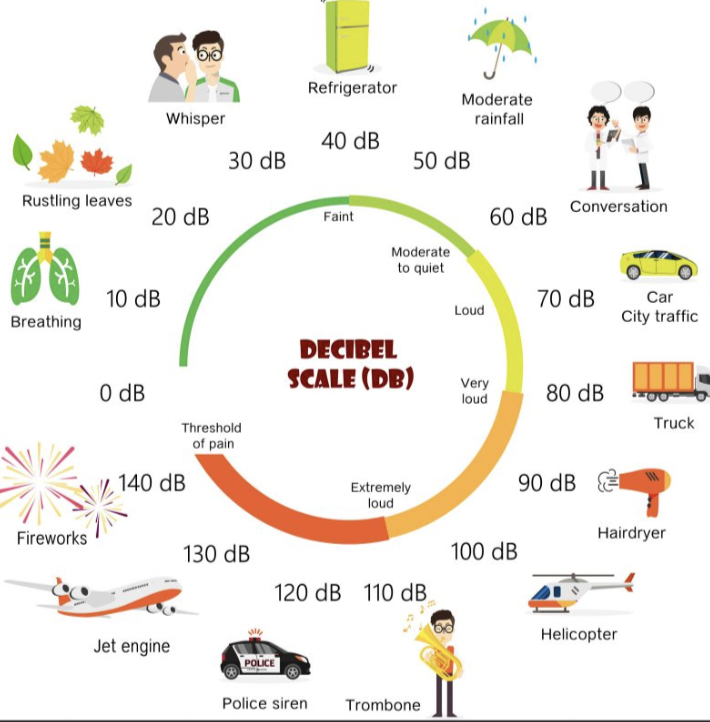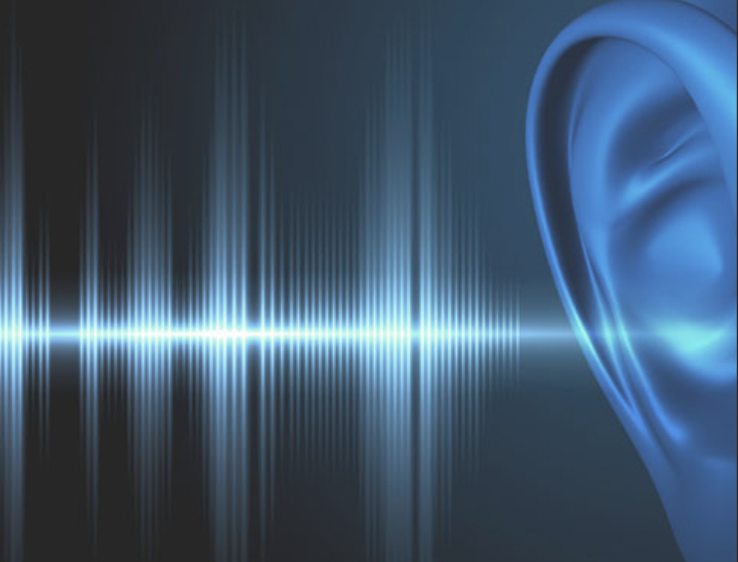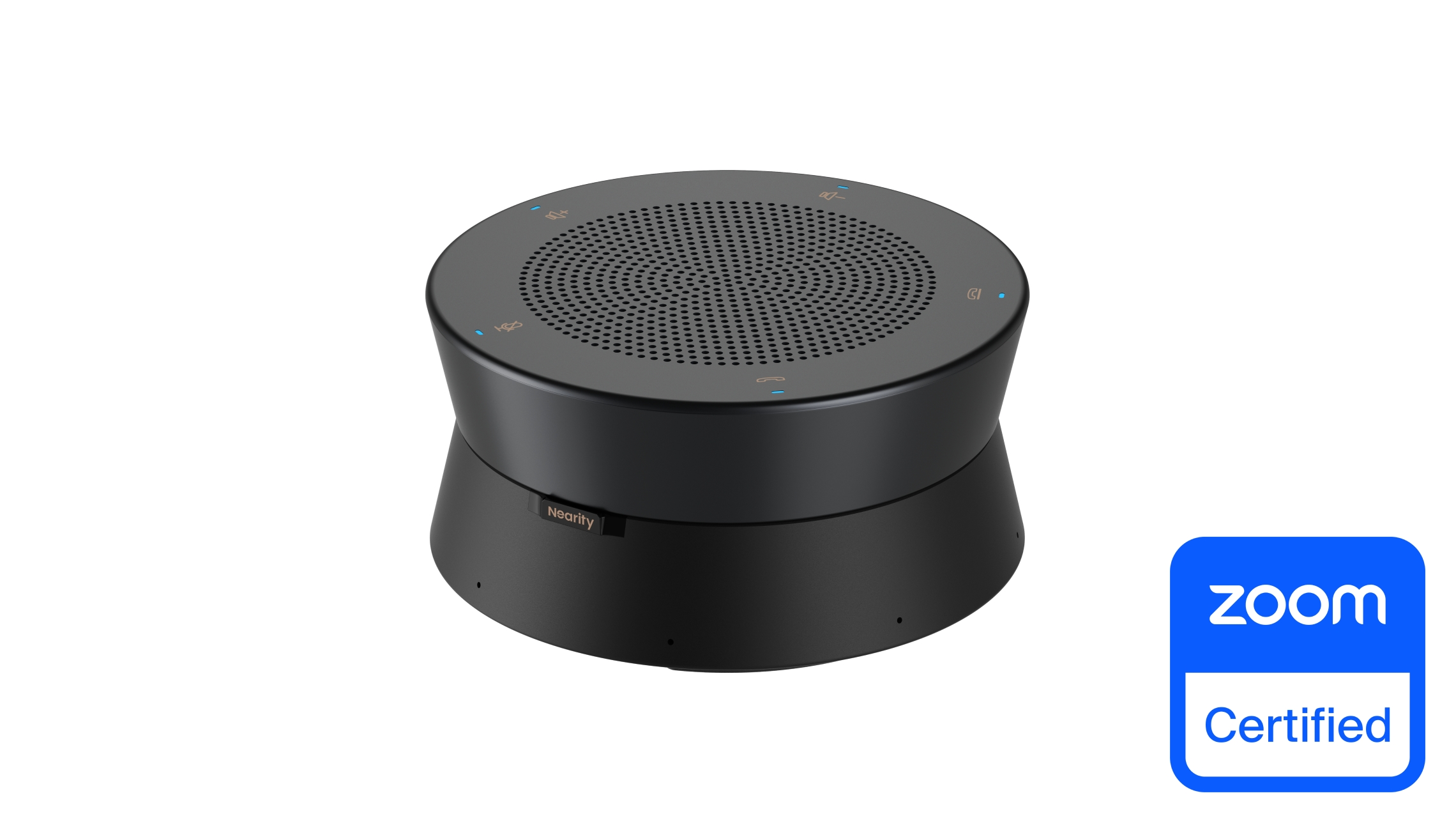Introduction
Sound is all around us, and it plays a crucial role in our lives. From the music we listen to, to the sounds of nature, to the noises of the city, sound is an essential part of our environment. However, understanding sound levels and their effects on human health and well-being is vital in various settings. It's easy to think in simple terms about volume, but it's all a balancing act where it's essential to consider how sound will be perceived by the human ear at different levels.
Definition: Sound level is the measure of the intensity or loudness of sound. It is important because excessive exposure to loud sounds can cause hearing damage and other health problems.
Sound is measured in decibels (dB), which is a logarithmic scale used to quantify the intensity of sound. The decibel scale is important because it allows us to measure a wide range of sound levels, from the faintest whisper to the loudest explosion. It is also useful in comparing different sound levels and assessing their potential effects on human health and well-being.
In general, sound levels below 70 dB are considered safe for continuous exposure, while exposure to sound levels above 85 dB for extended periods of time can cause hearingdamage. Therefore, it is important to measure and control sound levels in various settings such as workplaces, schools, homes, and public spaces to protect people from the harmful effects of excessive noise.
The Effects of Sound Levels on Humans
Understanding the effects of sound levels on humans is crucial in protecting hearing health and preventing negative health effects. It's essential to be aware of the human hearing range, the effects of loud sounds on hearing, occupational exposure limits for noise, and the health effects of exposure to excessive noise.
- The Human Hearing Range:
- The human ear can perceive sound within a range of frequencies and sound levels.
- The range of frequencies that humans can hear is typically between 20 Hz and 20,000 Hz.
- The threshold of hearing is the lowest sound level that can be detected by the human ear, and it varies with frequency.
- The Effects of Loud Sounds on Hearing
- Prolonged exposure to sounds at or above 85 dB can cause hearing damage and permanent hearing loss.
- The louder the sound, the shorter the duration of exposure required to cause damage.
- Exposure to sudden, intense sounds, such as explosions, can cause immediate, permanent hearing loss.
- Occupational Exposure Limits for Noise
- Occupational exposure limits for noise are set by regulatory agencies to protect workers from hearing damage.
- In the United States, the Occupational Safety and Health Administration (OSHA) sets a permissible exposure limit (PEL) of 90 dB for an 8-hour workday.
- The European Union sets a lower exposure limit of 85 dB.
- Health Effects of Exposure to Excessive Noise
- Exposure to excessive noise can cause a range of health problems, including hearing loss, tinnitus, and hyperacusis.
- Noise-induced hearing loss is the most common occupational disease in the United States.
- Exposure to excessive noise can also cause non-auditory effects such as stress, sleep disturbance, and cardiovascular disease.
Measuring Sound Levels
Measuring sound levels requires the use of sound level meters, which measure sound intensity in decibels (dB). These meters consist of a microphone, preamplifier, and display. Regular calibration of sound level meters is essential to ensure their accuracy and reliability. Calibration involves comparing the meter to a known reference sound level and making necessary adjustments. However, several factors can affect the accuracy of sound level measurements, including distance between the sound source and microphone, directionality of the sound source, reflective surfaces, background noise levels, and temperature and humidity. By taking these factors into account and following proper measurement procedures, we can obtain accurate sound level measurements and better protect human health and well-being.
Controlling Sound Levels
Controlling sound levels is crucial to prevent harm to human health and well-being. It involves reducing the sound source, controlling the path of sound, and reducing the sound's impact. Methods for controlling sound levels include using quieter equipment, soundproofing walls, using noise barriers, and installing sound-absorbing materials. Regular calibration of sound level meters is essential to ensure their accuracy and reliability. Factors that affect the accuracy of sound level measurements include distance between the sound source and microphone, directionality of the sound source, reflective surfaces, background noise levels, and temperature and humidity.
Controlling noise levels is critical in various settings such as the workplace, schools, and hospitals, to protect people's health and enhance their well-being. In the workplace, occupational exposure to excessive noise is a leading cause of hearing loss. Therefore, controlling noise levels in the workplace is crucial to protect workers' hearing health. Nearity A21S conference speakermic is an excellent solution for businesses to control noise levels in professional meetings. Its daisy-chained speakerphones extend the voice capture range, making it ideal for any size meeting rooms. Moreover, it is designed to adapt to various room environments, including those near busy streets, with glass doors, and loud AC noises, delivering exceptional audio quality.
In schools, excessive noise levels can interfere with learning, leading to poor academic performance. In hospitals, excessive noise levels can interfere with patient recovery and cause stress and discomfort. Therefore, controlling noise levels in schools and hospitals is crucial to promote learning experiences and improving patient comfort. By implementing Nearity A21S conference speakermic, we can create a healthy and comfortable environment for all and prevent negative health effects associated with excessive noise levels.
Conclusion
In conclusion, understanding sound levels and their effects on human health and well-being is crucial in various settings. Excessive noise levels can cause a range of health problems, and can also lead to non-auditory effects such as stress, sleep disturbance, and cardiovascular disease. Measuring sound levels accurately requires the use of sound level meters and regular calibration to ensure their reliability. Controlling sound levels involves reducing the sound source, controlling the path of sound, and reducing the sound's impact, with methods ranging from using quieter equipment to installing sound-absorbing materials. The Nearity A21S conference speakermic is an innovative solution for controlling noise levels in professional meetings, adapting to various room environments and delivering exceptional audio quality. By implementing noise control measures, we can create a healthy and comfortable environment for all and prevent negative health effects associated with excessive noise levels.



